Introduction
In this blog, i will use DIEP strategy (describe, interpret, evaluate and plan) to describe and explain what i had experienced and learned in the first semester of communication design.
I have never studied interaction design systematically before, and this learning process has enabled me to effectively improve not only from theoretical knowledge but also from practical experience. These are all from the learning in class and the actual production process of the project. owned.
D: Describe objectively what happened
First of all, I first learned about the process of interaction design. The standardization process is very important to us beginners. It is like the foundation of a house. Only understanding the design process can help us complete tasks more effectively and with higher quality.
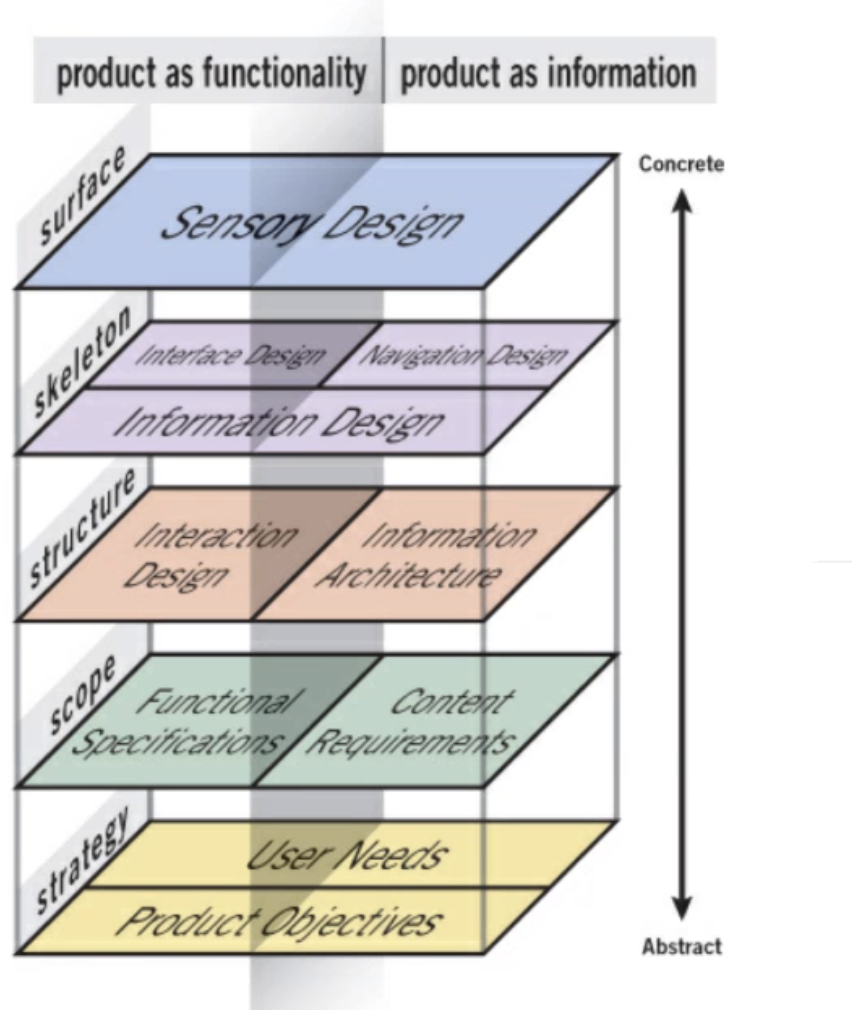
Every Monday there is an online lecture for about two hours. The teacher explained many learning and design methods about interaction design, as well as the importance and methods of researching users. On Wednesday, there was also a face-to-face group study with the instructor. We exchanged some specific issues in the interaction design in our project, to help me understand how to improve my project
In this model, I completed four projects, nine blog tasks and one PechaKucha. The content of the four projects is a process from user analysis, low/high fidelity prototyping, iteration of the design to the final user feedback. The content of the nine blog tasks is to obtain theoretical and practical knowledge by watching essay and video of presentation from other famous designer, and finally organize the knowledge and present it in sketchnote and essay. Pechakucha uses a brand new presentation method to explain to the audience a series of ideas on the subject of the project that I have found through research and investigation.Through this opportunity to communicate, I will further help understand and organize the content of my research direction.
I: Interpret the events
In the previous design, I have always designed something about my thoughts and understanding. In this interaction design study, I realized the importance of user analysis, and this has also been implemented in my third and fourth projects. After determining the theme, analyze what they are doing, what he sees and what he feels through user survey analysis. I mainly obtain this information through questionnaire surveys and interviews. After I have obtained this information, I organize the information through the build user modeling techniques mentioned in the teacher’s online lectures (including persona, empathy map, user journey map). , PACT analysis, etc). These methods can help me truly understand the user’s real experience and feelings, and find the real pain point, so as to determine the entry point of my design, and provide a basis for my future design.
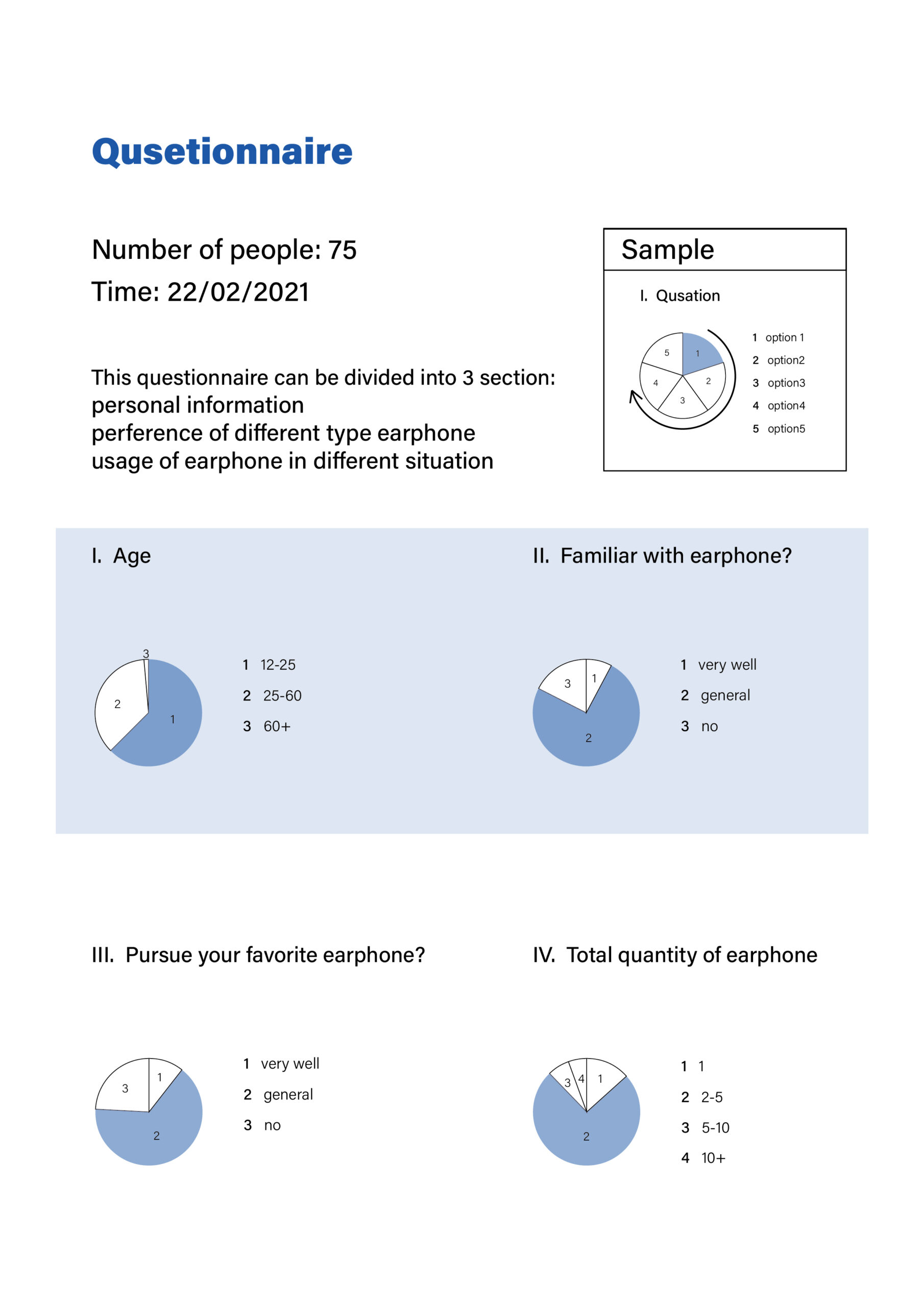
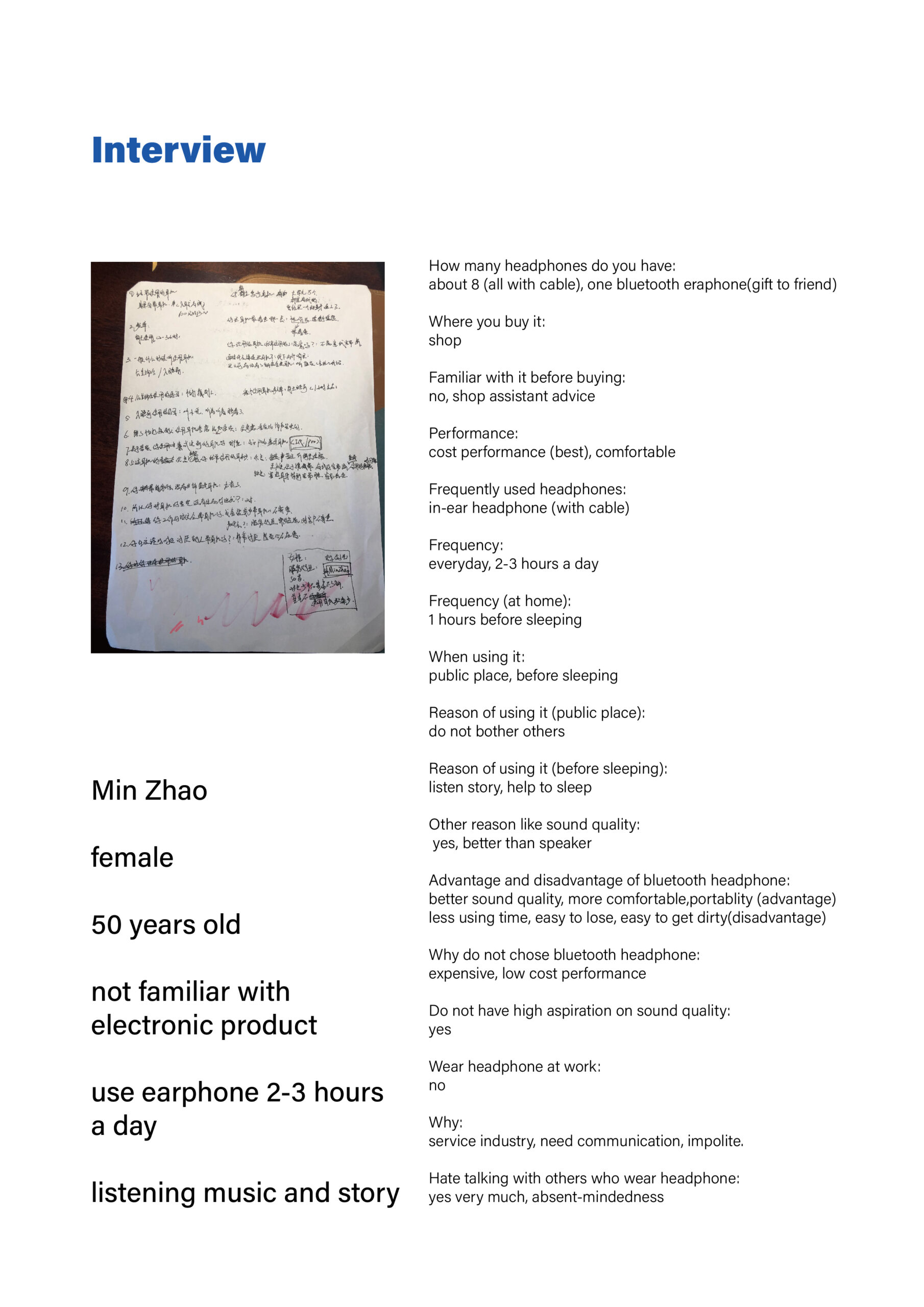
For example, the user group I selected in project 3 is kids. I interviewed a 6-year-old child and his mother to learn about their use and understanding of the weather and the weather app. I found out that the child’s knowledge of weather Knowing little is not very interesting, and they have limited access to information, so general apps are very inconvenient for them to use, and mothers also hope that their children can gain more knowledge about the weather. So I built user modeling techniques based on this information. After that, I decided on several goals. The first is to find some ways to make children interested in this app. The second is that the app needs to help children acquire knowledge about the weather and make this process easier. Become effective and convenient .
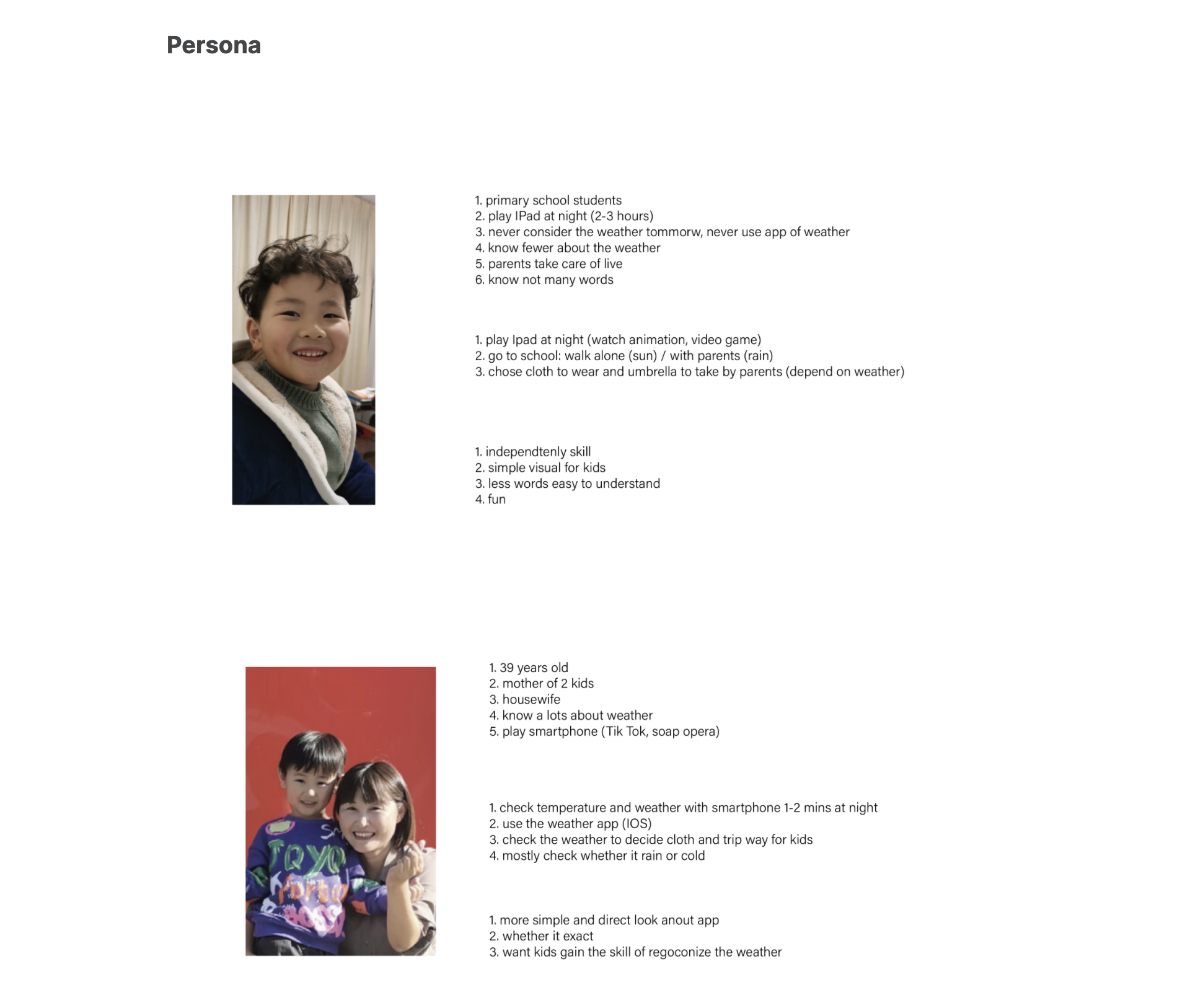
After getting the data analyzed by users, I made low/high fidelity prototyping and combined with user feedback to improve my design work step by step.
In one of the blog tasks I got knowledge about empathy, including what empathy is, why it is so important, and how it is reflected in interaction design. In the process of researching users, I should completely eliminate prejudices and original inherent thinking patterns and ideas. This is a process of understanding users, treating this as a storytelling process rather than simple data collection, and accurately grasping users For example, through changes in body language and tone of voice, the effect of face-to-face interviews during user surveys is far greater than remote. There is also a blog task about affordance. He made me understand that a good design should allow users to achieve a certain goal naturally, just as when people see a stone with a suitable height and a smooth appearance they can Instinctively sit on the rock,This is very important to the user experience。
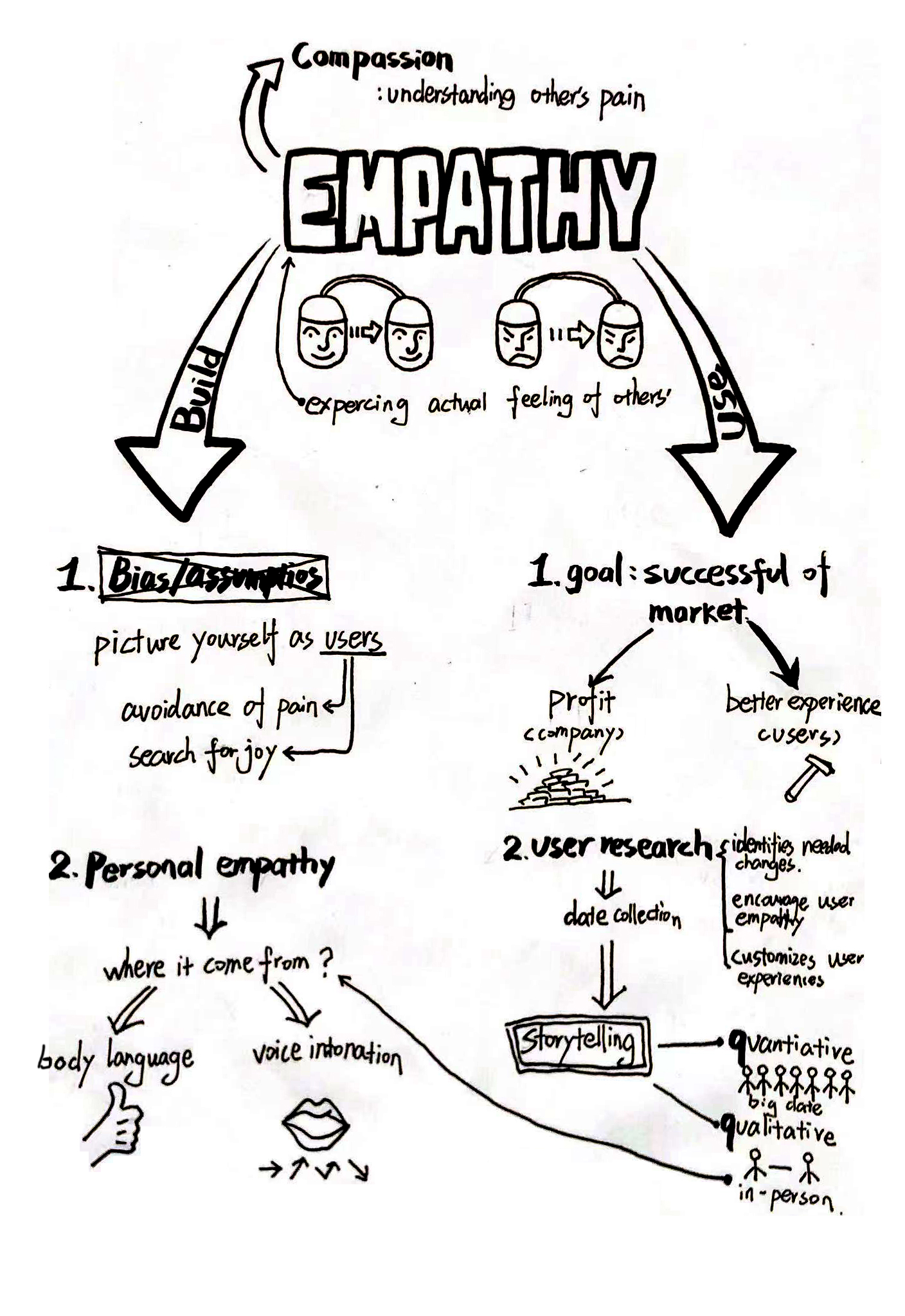
E: Evaluate what you learned
After studying in this semester, whether it is through live class or the process of completing the project after class, I have gained a lot of knowledge about design in theory and practical skills, and corrected many previous mistakes. Irregular design process.
I think my most important gain in this semester is to standardize my design process. Having a reasonable and correct research and design process is very important for our design works and our design career. For example, in the design process before, I often did not pay special attention to the research process before design. Therefore, in previous designs, I often ignored the research process and feedback from others, which led to my design process being ineffective, and the design results were It is not very easy to communicate with the audience. Through this semester of study, I learned about the importance of user survey and analysis to design and the help to our design.
As the content of the second blog conveyed to us, design is more of a way of thinking and a way of looking at our society or natural environment. With the development of industry and information technology and the change of people’s life style, the traditional design method has no longer fully met the needs. This is even more important in interaction design.
At the same time, I also changed my view on design. As I said before, I used to think that design is more of a craft, so I often just immerse myself in my own world regardless of other people’s opinions, and this time In the process of learning, I learned that absorbing feedback from others is very important for the development and improvement of our design. This importance is not inferior to user research.
In addition, I also learned the production method from low fidelity prototyping to high fidelity prototyping. First, low fidelity prototyping is to make a preliminary plan for the final design product after obtaining the concept idea, and determine the general direction of the final result, which needs to be constantly adjusted. Test whether the concept obtained through the preliminary investigation is well completed and whether the pain point obtained in the construction of the user model is solved. Finally, in the production of high fidelity prototyping, I deal more with some specific details, in which I pay more attention to the user experience, but in which I also deal with visual aspects at the same time, such as I mentioned earlier With the affordance, users can use the product more instinctively and more conveniently.

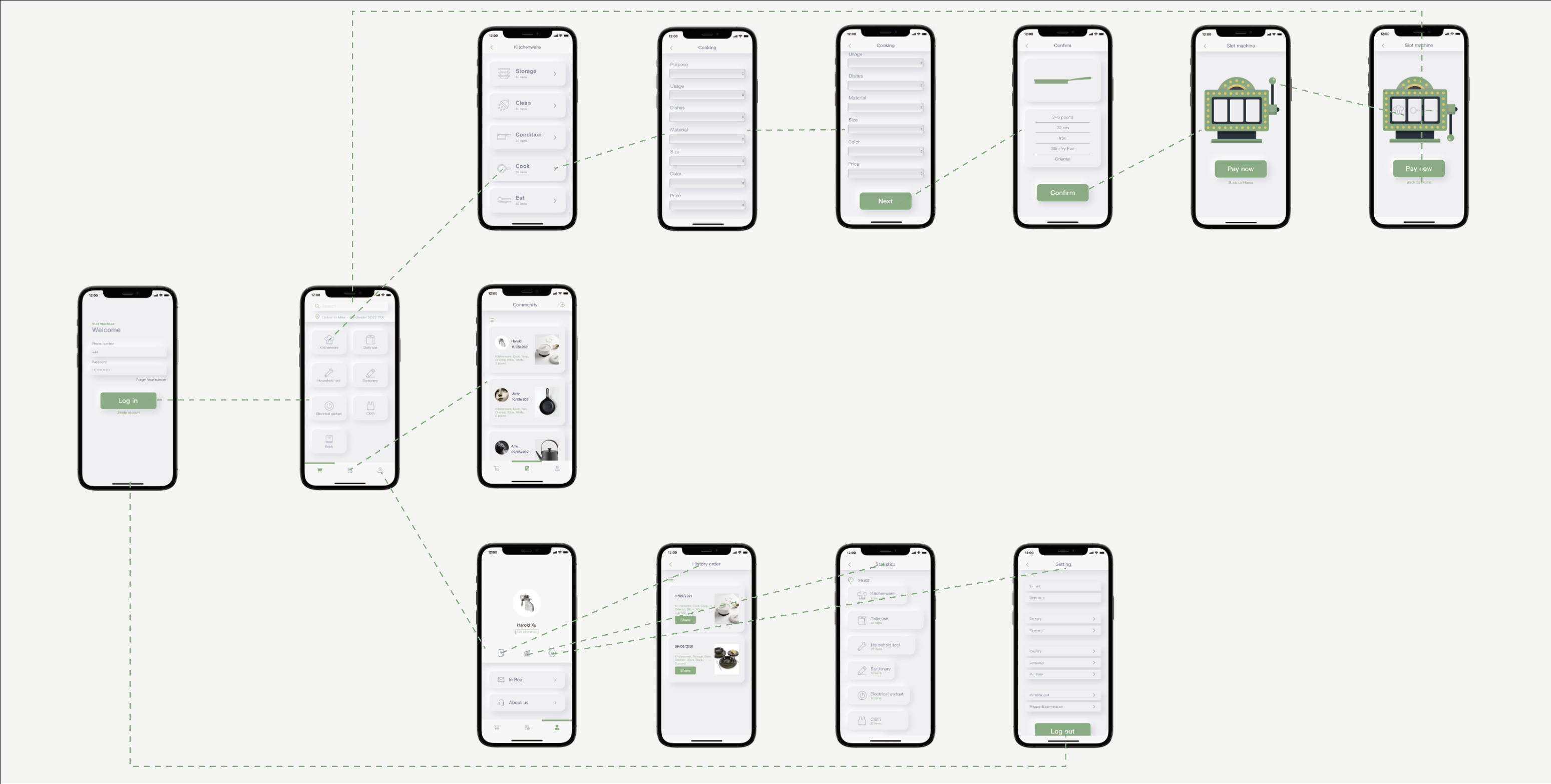
P: Plan how this learning will be applied
After a semester of study, I learned a lot of practical methods and theoretical knowledge about interaction design. In the future design, I will strictly implement these design methods, and sometimes these methods are not only useful in interaction design. Not only that, I will also apply the skills I learned in this course in the actual design situation in the future. It is very important to understand users in any field, just like the design mentioned by Bauhaus. The object should be people, not products.
Posted date:17/05/2021
Reference
Kaptelinin, V. (2021) Affordances. [online] The Interaction Design Foundation. Available at: https://www.interaction-design.org/literature/book/the-encyclopedia-of-human-computer-interaction-2nd-ed/affordances
“Bauhaus Products for Our Time.” Bauhaus Futures, 2019. https://doi.org/10.7551/mitpress/12044.003.0020.
Jiancaro, Tizneem. “Empathy-Based Design Approaches.” Human–Computer Interaction Series, 2018, 43–60. https://doi.org/10.1007/978-3-319-73374-6_4.
Wiley, Cyndi. “Empathy, Connectivity, Authenticity, and Trust: A Rhetorical Framework for Creating and Evaluating Interaction Design,” n.d. https://doi.org/10.31274/etd-180810-1219.